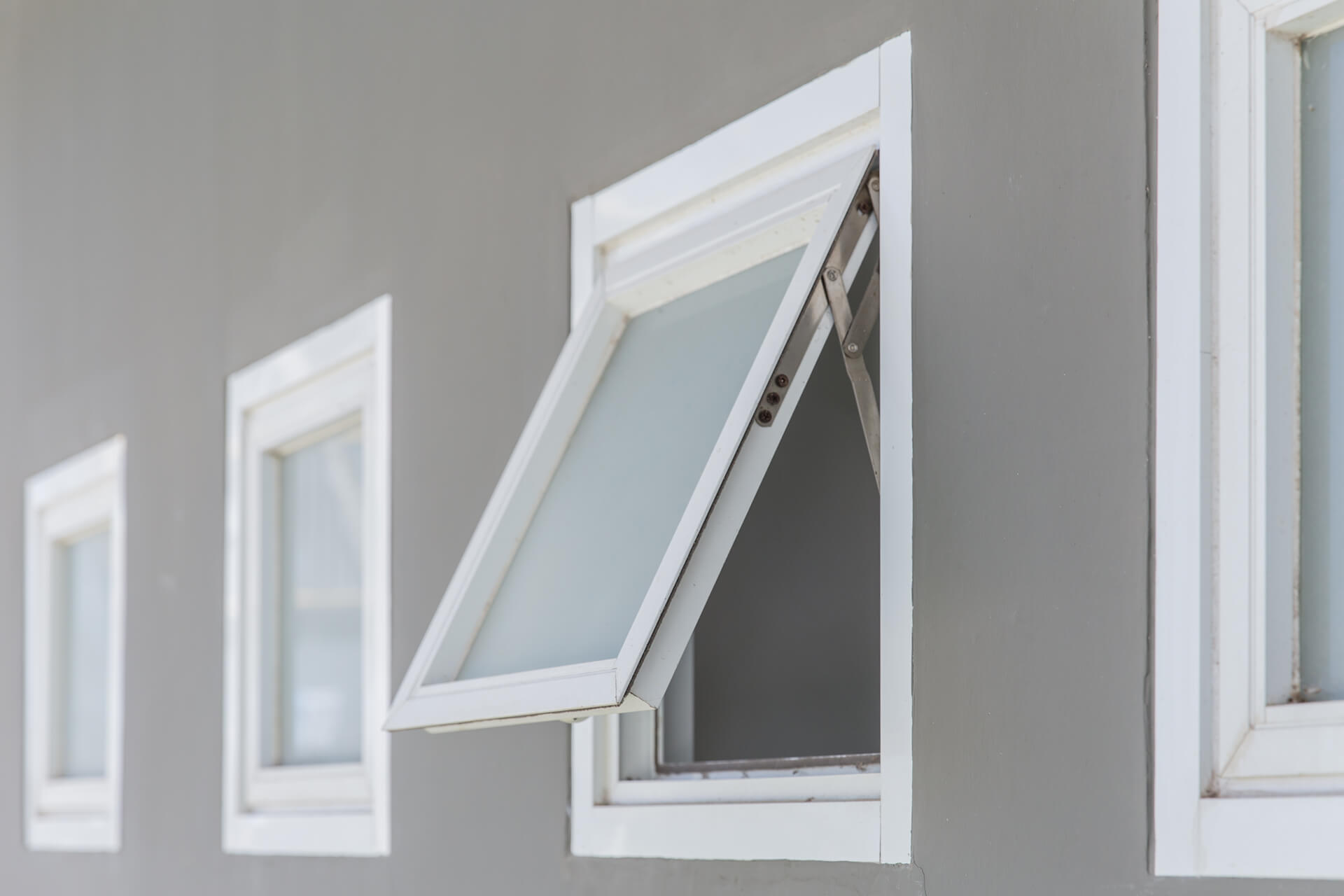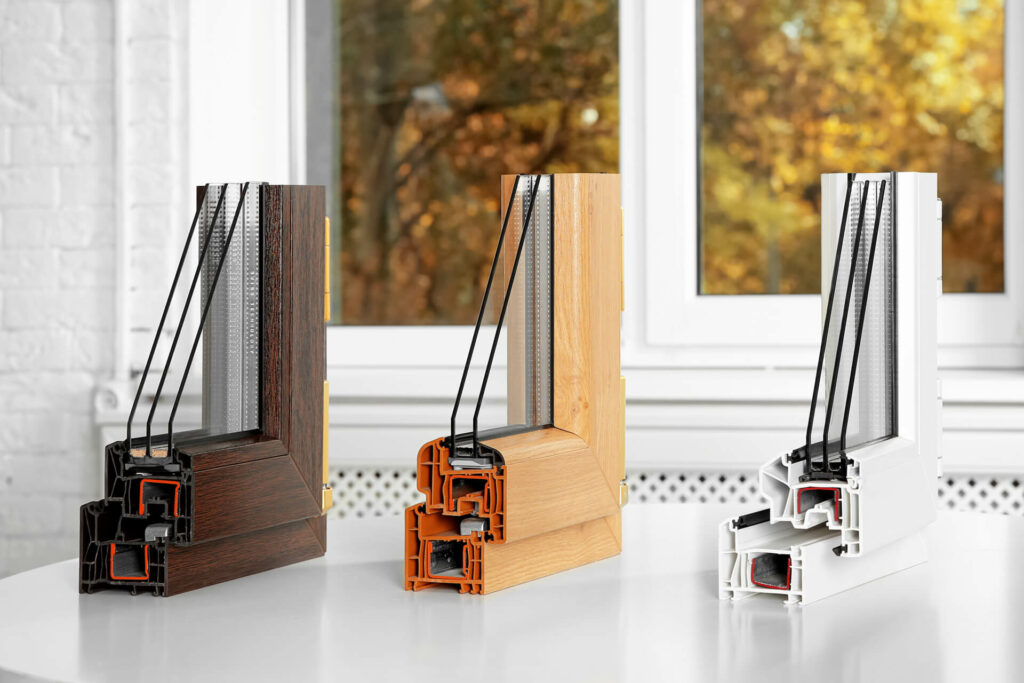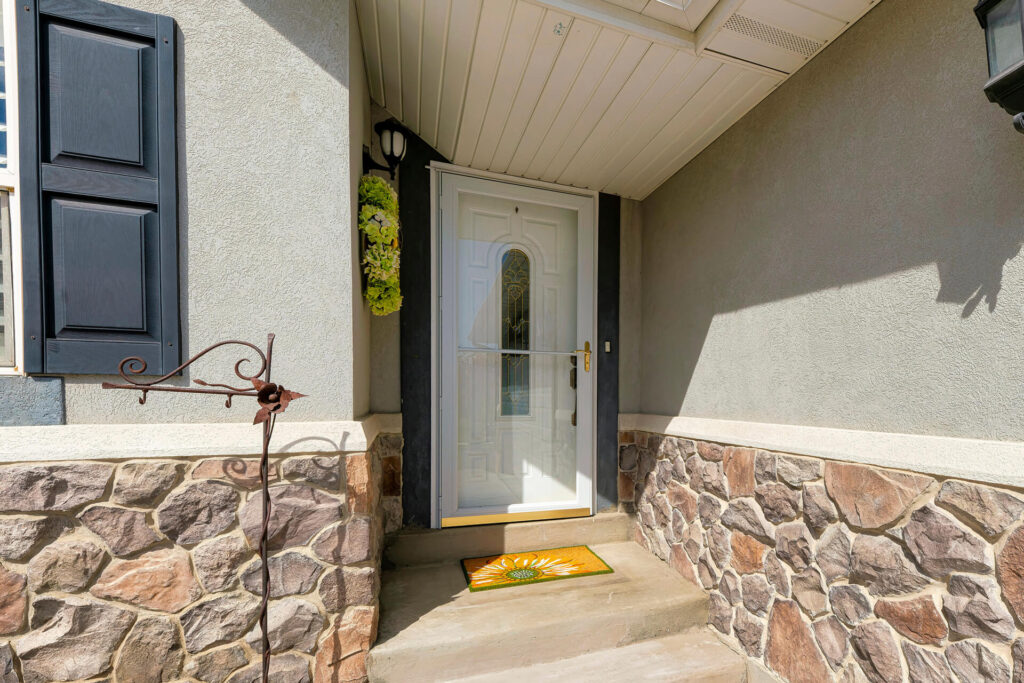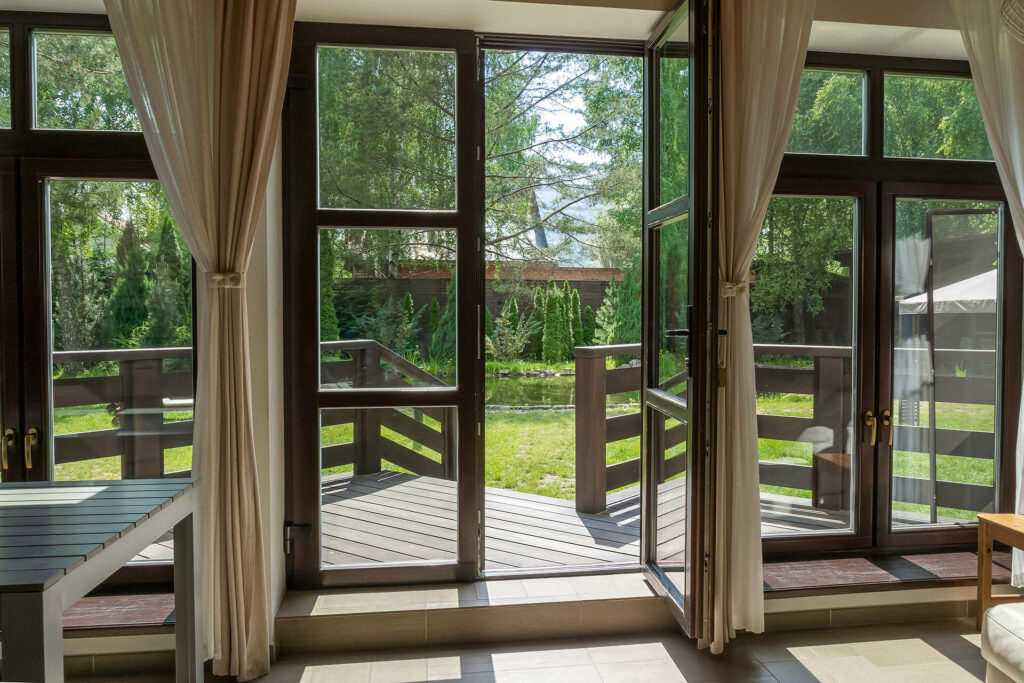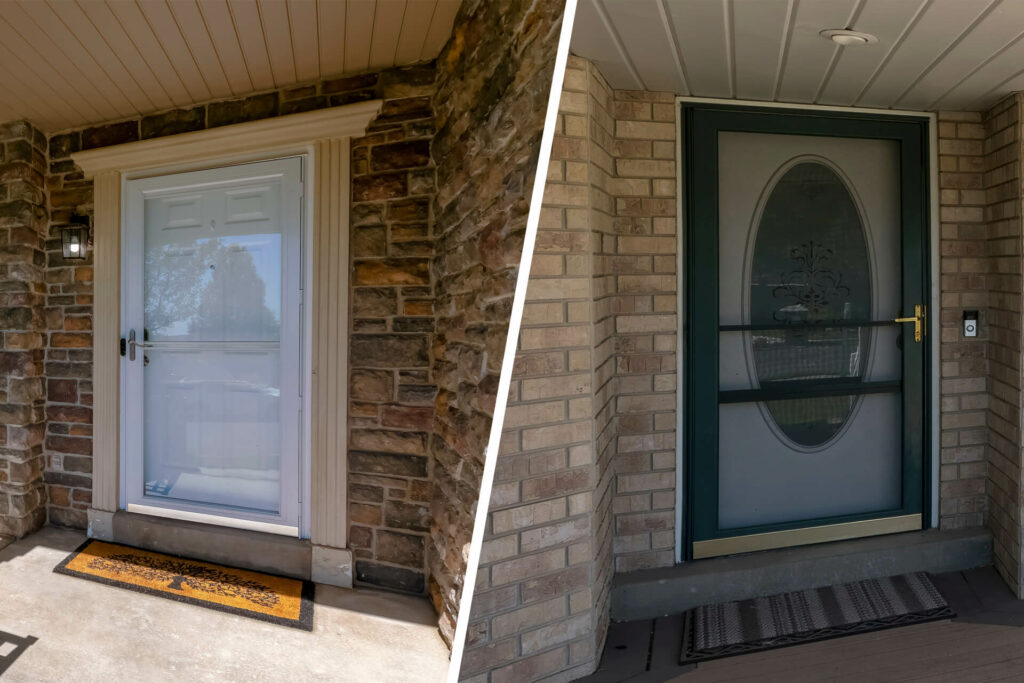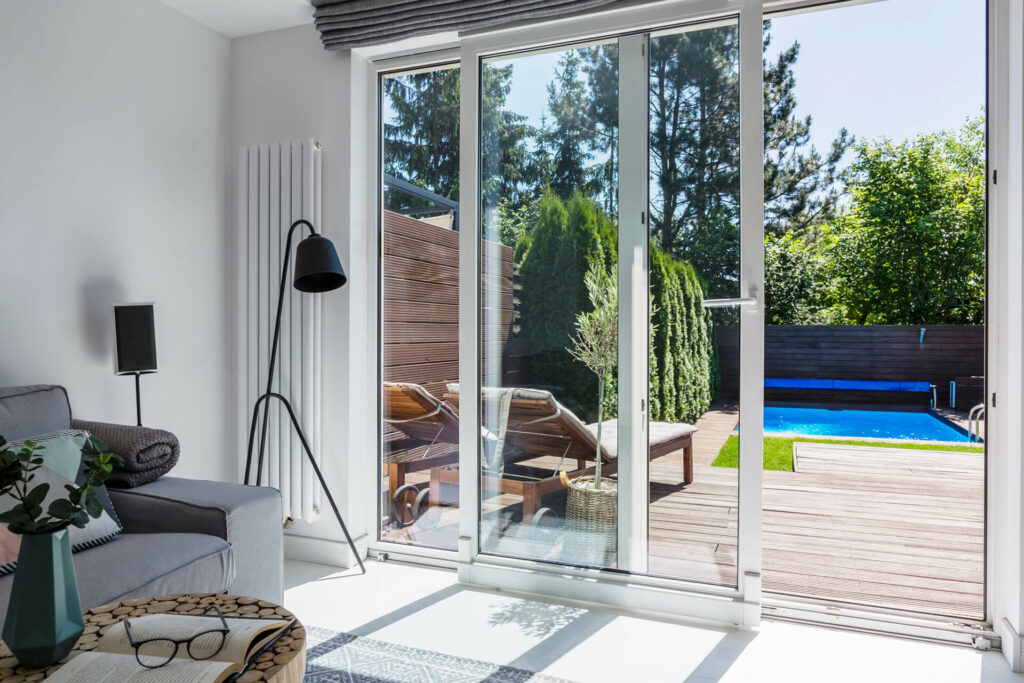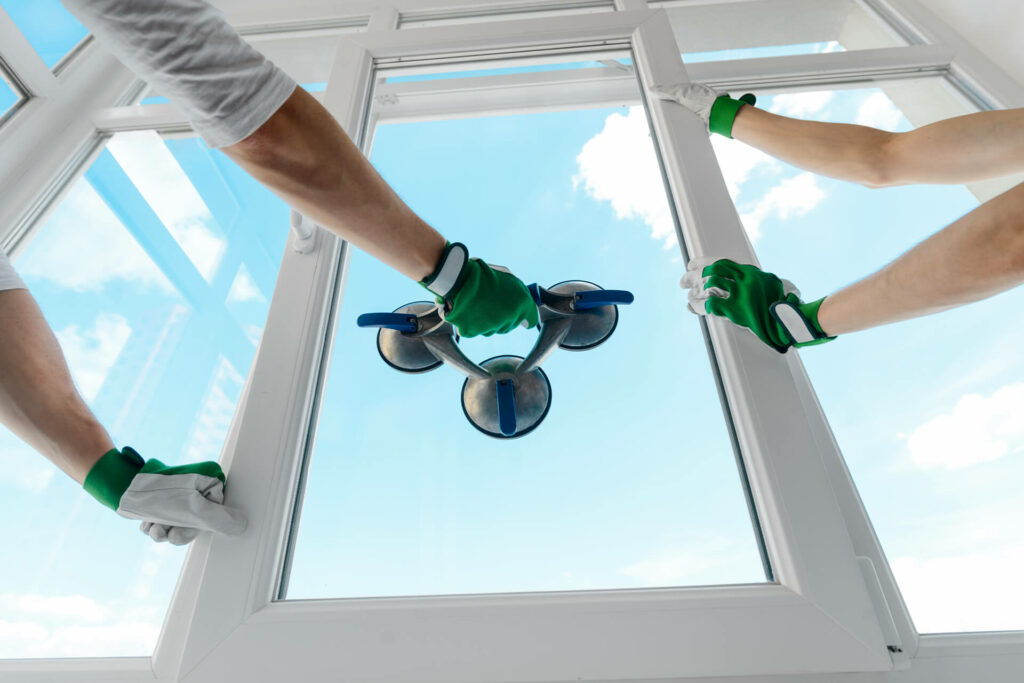When it comes to selecting the right windows for a home or office, understanding the different types available is crucial. Among the various styles, hopper windows and awning windows stand out because they look very similar when closed. Both types offer distinct advantages and can significantly impact the usability of a space. This introduction aims to shed light on the key features, benefits, and suitable applications of hopper windows vs. awning windows, helping you make an informed decision for your next home improvement project.
Hopper Windows vs. Awning Windows
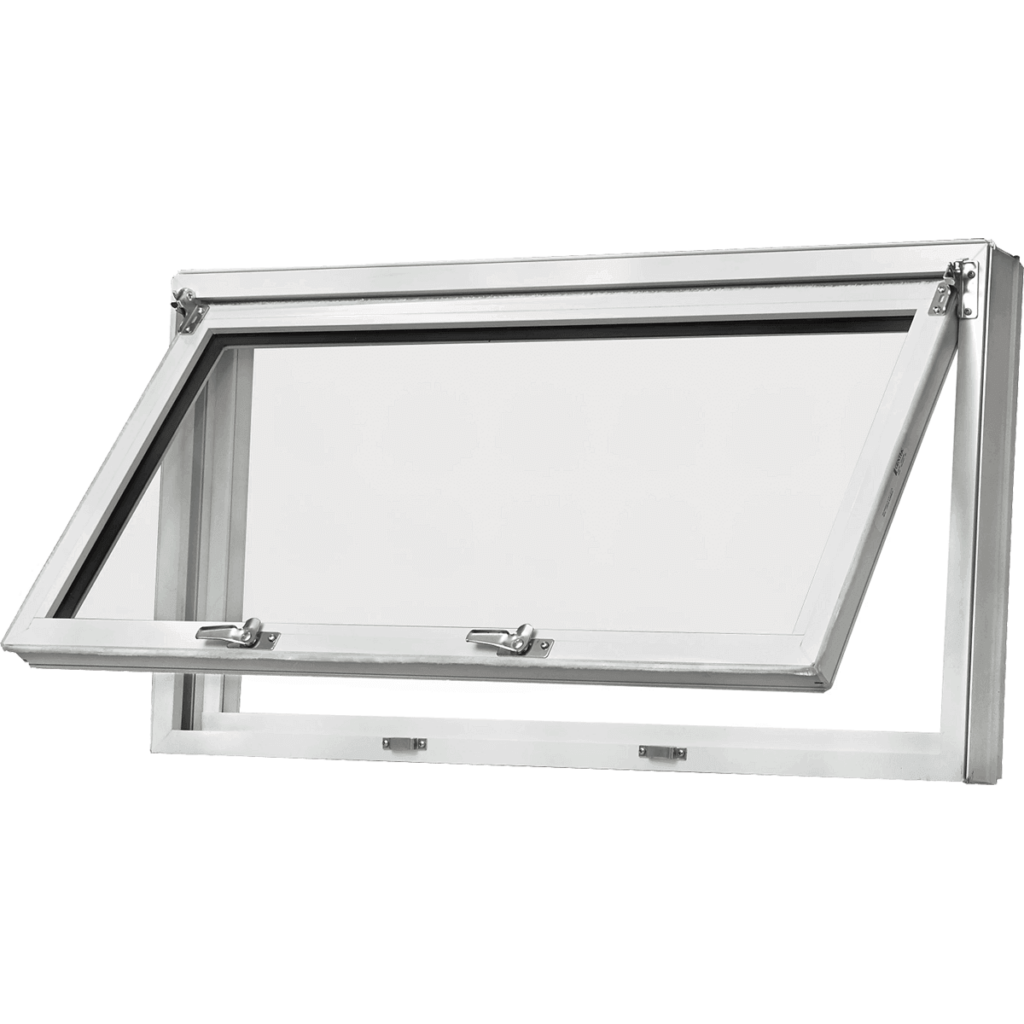
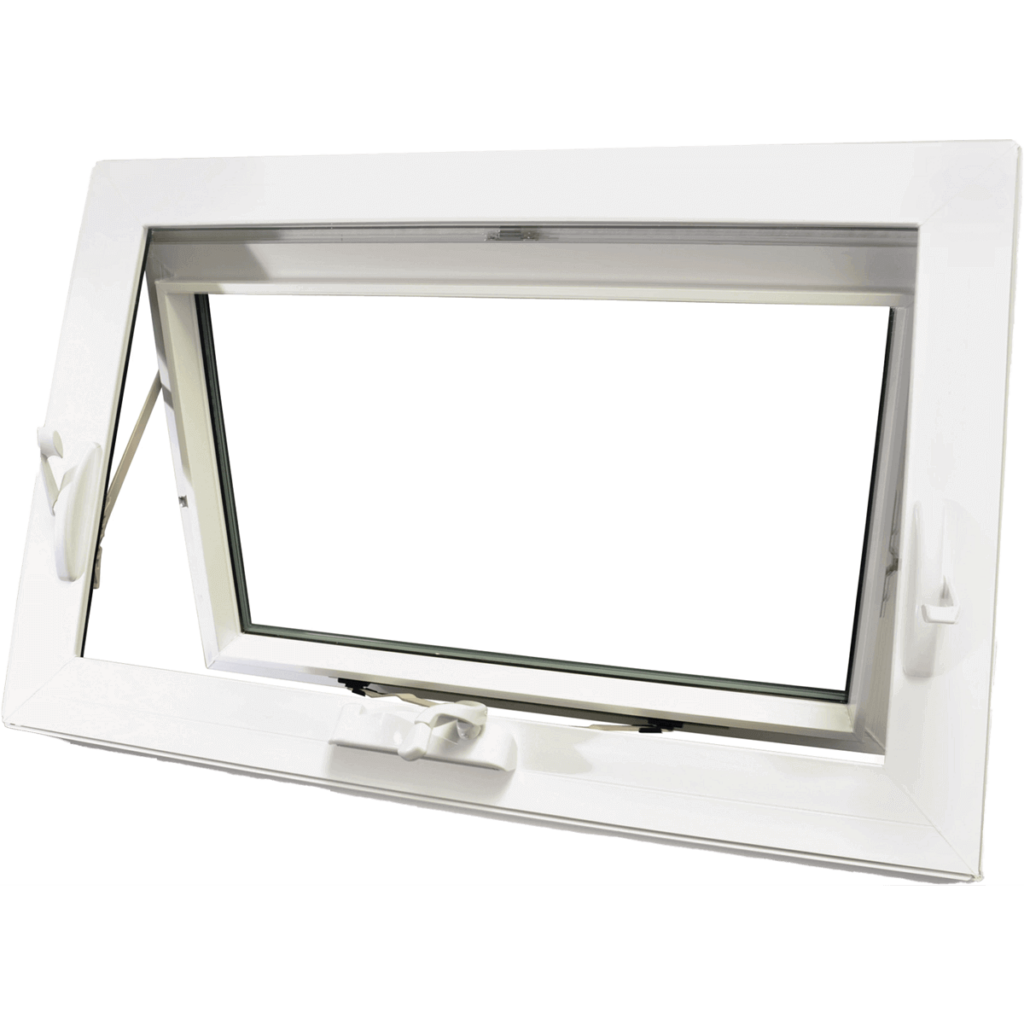
| Hopper Windows | Awning Windows | |
| Characteristics | Hinge at the top or bottom, opens inward, usually opened by hand. | Hinge at the top, opens outward, usually features a crank mechanism. |
| Key Benefits | Space-saving due to inward-opening mechanism, ideal for places with little outdoor space. | Protection from elements like rain, ensuring no water seepage into the house. |
| Applications | Bathrooms for moisture control. Basements to combat dampness. Laundry rooms in compact spaces. Workshops in basements to reduce dust or fumes. Storage areas to prevent moisture build-up. | Bathrooms, where privacy and ventilation are required. Kitchens, positioned over sinks or counters to provide ventilation and protection from rain. Basements, to minimize moisture while allowing light and air circulation. Can be paired with larger stationary windows for aesthetic and functional balance. |
Energy Efficiency
In terms of energy efficiency and environmental suitability, both hopper and awning windows can be highly effective, particularly when equipped with a compression seal. Hopper windows, opening inward, are often used in compact spaces and can minimize air leakage. Awning windows, opening outward, are also energy-efficient, especially with a compression seal that prevents drafts and moisture. Their design allows ventilation during rain. The energy efficiency of both types depends on the quality of materials, sealing mechanism, and proper installation.
Cost & Value
When considering the cost and value of hopper windows versus awning windows, several factors should be taken into account. Hopper windows, typically smaller and simpler in design, are often more cost-effective to install, especially in limited spaces. Their compact size and inward opening mechanism can lead to lower material and manufacturing costs. Awning windows, on the other hand, might have a slightly higher cost due to their more complex mechanism and the fact that they are often larger than hopper windows.
Safety & Security
Both hopper and awning windows are designed with safety considerations, but their different opening mechanisms offer distinct security features. Awning windows, which open outward, may potentially be more vulnerable to being pried open, but intruders can always get in if they really wanted to. In terms of use as emergency exits, both window types are generally not ideal due to their typical size and placement. However, hopper windows, often smaller and used in more confined spaces, might be even less suitable as egress options in emergency situations.
Cleaning
Awning windows, which open outward, are less likely to accumulate indoor debris but may catch outdoor debris. Hopper windows, opening inward, might be more prone to collecting indoor debris, but they allow for cleaning both sides of the glass from the inside.
Conclusion
Selecting the right type of window hinges on specific needs and operational preferences. Hopper windows offer an inward opening ideal for tight indoor or outdoor spaces, while awning windows afford protection from rain and outward opening for ample ventilation. Both provide comparable energy efficiency with proper seals and materials. Making an informed decision requires weighing these functional differences against the intended application and placement for your home improvement project.

